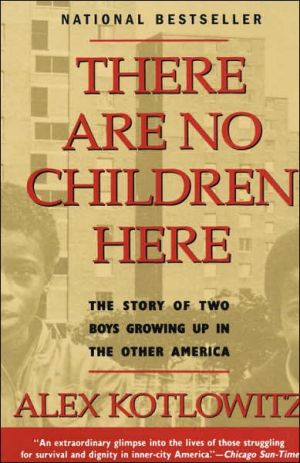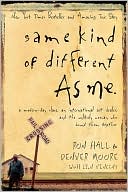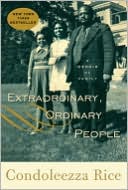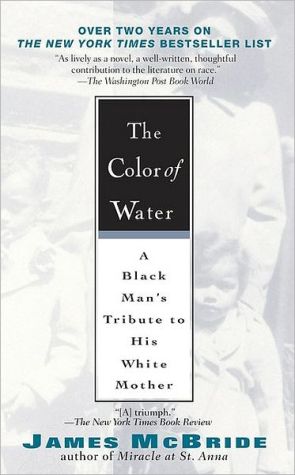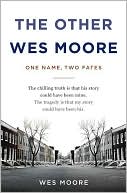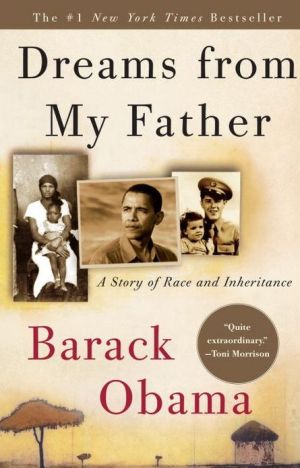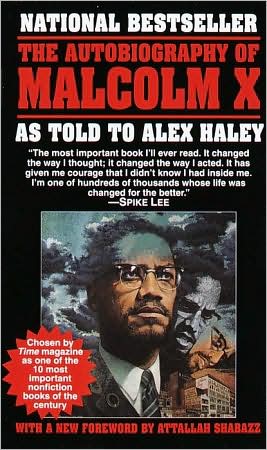There Are No Children Here: The Story of Two Boys Growing up in the Other America
This is the moving and powerful account of two remarkable boys struggling to survive in Chicago's Henry Horner Homes, a public housing complex disfigured by crime and neglect.\ \ \ In his acclaimed 1987 series for The Wall Street Journal, Alex Kotlowitz established that the tender underside of our embattled inner cities is the children, urban America's greatest casualty and its only hope. With this searing and important work, he...
Search in google:
This is the moving and powerful account of two remarkable boys struggling to survive in Chicago's Henry Horner Homes, a public housing complex disfigured by crime and neglect.Publishers WeeklyThe devastating story of brothers Lafayette and Pharoah Rivers, children of the Chicago ghetto, is powerfully told here by Kotlowitz, a Wall Street Journal reporter who first met the boys in 1985 when they were 10 and seven, respectively. Their family includes a mother, a frequently absent father, an older brother and younger triplets. We witness the horrors of growing up in an ill-maintained housing project tyrannized by drug gangs and where murders and shootings frequently occur. Lafayette tries to cope by stifling his emotions and turning himself into an automaton, while Pharoah first attempts to regress into early childhood and then finds a way out by excelling at school. Kotlowitz's affecting report does not have a ``neat and tidy ending. . . . It is, instead, about a beginning, the dawning of two lives.'' These are lives at a crossroads, not totally without hope of triumphing over their origin. ( Apr .
\ Publishers Weekly - Publisher's Weekly\ The devastating story of brothers Lafayette and Pharoah Rivers, children of the Chicago ghetto, is powerfully told here by Kotlowitz, a Wall Street Journal reporter who first met the boys in 1985 when they were 10 and seven, respectively. Their family includes a mother, a frequently absent father, an older brother and younger triplets. We witness the horrors of growing up in an ill-maintained housing project tyrannized by drug gangs and where murders and shootings frequently occur. Lafayette tries to cope by stifling his emotions and turning himself into an automaton, while Pharoah first attempts to regress into early childhood and then finds a way out by excelling at school. Kotlowitz's affecting report does not have a ``neat and tidy ending. . . . It is, instead, about a beginning, the dawning of two lives.'' These are lives at a crossroads, not totally without hope of triumphing over their origin. ( Apr .\ \ \ \ \ Library JournalIn this powerful and moving book (an expansion of his 1988 Wall Street Journal series), reporter Kotlowitz traces two years in the lives of ten-year-old Lafeyette and seven-year-old Pharoah Rivers as they struggle to beat the odds and grow up in one of Chicago's worst housing projects. Confronted with violent gangs, persistent poverty, and personal tragedies (a beloved older brother is convicted on robbery charges), the brothers differ in their attempts to survive. Lafeyette replaces his frequently absent father as the man of the house, trying to help his mother and to protect his younger siblings from the dangers of the project. Sensitive and imaginative Pharoah seeks escape through his daydreams and schoolwork. Unless they have hearts of stone, few readers will fail to become emotionally involved with these boys, as Kotlowitz did. Proceeds from the book's sales will be used to set up a trust fund for them, and Oprah Winfrey has bought the film rights. Highly recommended.-- Wilda Williams, ``Library Journal''\ \ \ School Library JournalYA-- Life in Chicago's Henry Horner housing project robbed Lafeyette and Pharoah Rivers of their childhood and innocence. The crowded apartment housed LaJoe, six of her eight children, and a procession of needy relatives and friends. Bleaker than the overcrowding was the physical condition of the apartment; conditions outside were worse. Drug use, crime, shootings, and other violence were commonplace. Retribution sure and swift followed if someone saw or knew too much. Through his extensive research and his intimate friendship with the Rivers family, Kotlowitz paints a poignant, heartbreaking picture of life in the inner-city ghetto and the overwhelming odds children must overcome to break out of the vicious cycle of poverty and crime. A must-read for everyone. --Grace Baun, R. E. Lee High Sch . , Springfield, VA\ \
